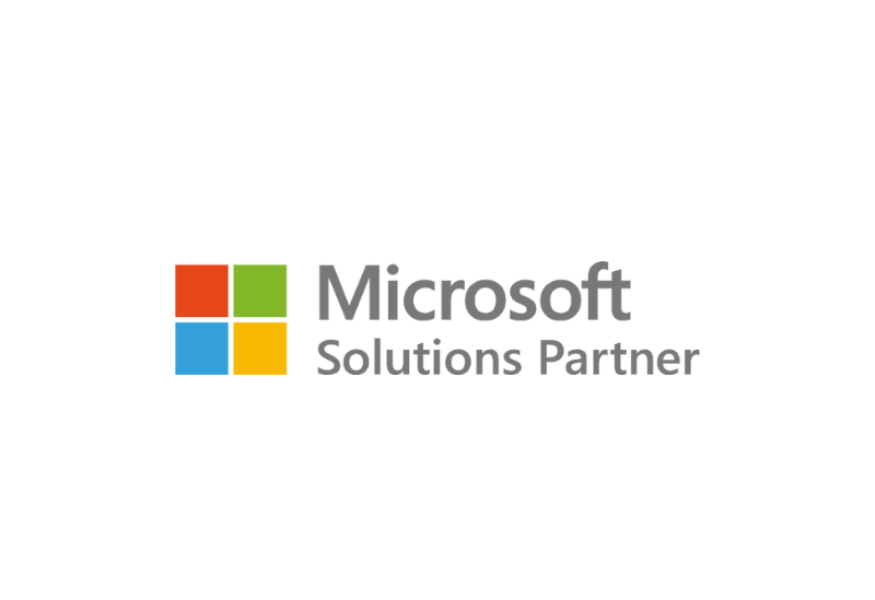Over the past few months, we’ve all been working from home more than ever before. All of a sudden, everything had to be done online. This wasn’t an obvious thing to do for many organisations. We managed all right, but some new collaboration tools may have been introduced a bit too quickly. There’s no need to worry though, as you can still focus on adoption now. In this blog post, Annemieke Matyas, SAM Consultant at Ctac, explains what this entails.
Online, online, online
Over the past six months, we were all told to work from home, and it doesn’t look like we’ll be returning to the office full-time any time soon. Working from home seems to offer huge benefits to both employees and organisations, but it also requires some effort from our users. No more decisions being made in the office corridors, and no more informal chats by the coffee machine. Instead we have online meetings, online collaboration and even online Friday afternoon drinks. Because we can’t physically sit together, it’s even more important to get our users on board with the introduction of a new tool.
And when I say this, I don’t mean get people on board with the technical side of things. Almost everyone knows how to work with a new tool when they have to. What I’m referring to is how organisations want their people to use the new tool. What’s the added value of using a certain tool or functionality to the user? The enthusiasm for a new tool stands or falls on the communication that surrounds it, regardless of whether the tool is a physical or web-based one. Why is a certain tool used, what does this mean for users and how does your organisation want people to use it?
Green = available?
In principle, tools are available 24 hours a day, but hopefully organisations aren’t expecting their employees to be available 24/7. But if that is the case, what’s the applicable guideline? Between 9am and 5pm? Or between 7am and 9pm? And does the green dot next to a colleague’s name in Microsoft Teams mean that the person can be disturbed just like that, regardless of the time? These things have nothing to do with the technical side of a tool, but have everything to do with how it’s used.
Measure the effect
Besides making good arrangements, it’s also very important to link specific targets to the tool’s use and to measure whether these targets are being met. If the aim is to offer more flexible working hours to increase employees’ job satisfaction, measure whether this is actually the case. If the aim is to have online meetings and you want action items to be clearly recorded for easier tracking, measure the number of meetings, the quality of the meetings and how well the action items are followed up. If the aim is to reduce email traffic because of the stress this causes people, measure whether people are actually experiencing less stress. The Productivity Dashboard in Microsoft 365 shows the usage intensity of certain apps. It allows you to find out the effect of a particular tool and how it’s being used. These insights also enable you to offer targeted guidance if necessary.
Adoption is about collaboration
Organisations can outsource the development of a nice piece of software or the implementation of a new tool, but adoption is a shared responsibility. An IT partner can offer excellent adoption support, but both you and the IT partner are responsible for making it a success.
Flag bearers
Your chances of success will increase significantly if you use a champion programme. A group of champions is an excellent reflection of the organisation, consisting of enthusiastic users of the tool that’s about to be implemented. The champions are, as it were, the flag bearers. They’re the ones who can complete a train-the-trainer programme, so that they in turn can use their knowledge of the organisation and its users to train the people in the various departments. They generally know which users are in need of a little extra attention, who’ll resist and how this resistance can be overcome. Whether that takes place in a physical place or an online environment matters little: the approach remains the same.
More information
If your organisation could use some support to adopt the new collaboration tools, we’re happy to help. We’ll perform an assessment in advance, look at how your organisation collaborates with certain online tools, and together determine which further improvements can be made and what the challenges are. Based on this, we’ll arrive at a pragmatic approach that can be implemented in small steps. This will allow us to continue to encourage users in a positive way and maximise the chances of success. Feel free to contact us without obligation: [email protected].












